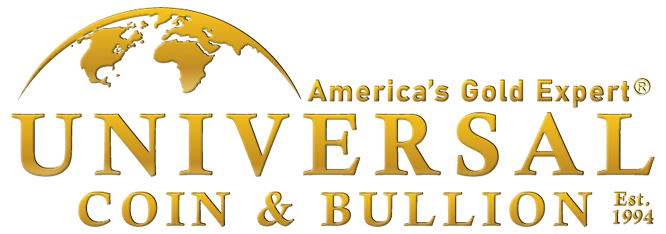How To Know If I Have A Rare Coin?

To determine if you have a rare coin, the first step is to examine its basic characteristics. Start by looking at the coin’s date, mint mark, and design. The date indicates the year it was minted, while the mint mark — a small letter or symbol — shows where it was produced (e.g., “S” for San Francisco, “D” for Denver, or no mark for Philadelphia). Older coins or those from specific mints with low production numbers can be rarer. Next, compare the design to common coins from that era; unique varieties, like a doubled die (where the design appears duplicated) or an error in the strike, can significantly increase rarity. A magnifying glass or smartphone camera can help you spot these details. If the coin looks unusual or exceptionally old, it’s worth digging deeper.
Once you’ve identified the coin’s key features, research its rarity and value using reliable resources. Websites like the Professional Coin Grading Service (PCGS) or Numismatic Guaranty Corporation (NGC) offer databases of rare coins, including mintage numbers — how many were made - and known varieties. Books like the “Red Book” (A Guide Book of United States Coins) are also excellent for beginners. Cross-check your coin’s date and mint mark against these sources; a low mintage (e.g., under 1 million) or a documented error could signal rarity. Be cautious of wear and tear — coins in pristine condition (graded “uncirculated” or “mint state”) are often rarer and more valuable than heavily circulated ones. If you’re unsure, online coin forums or local coin clubs can provide additional insights from enthusiasts.
Finally, if you suspect your coin might be rare, consider professional authentication. Coin grading services like PCGS or NGC can evaluate its condition and confirm its authenticity, which is crucial since counterfeits exist. They’ll assign a grade (e.g., MS-65 for a high-quality mint state coin) and may note if it’s a rare variety. This process costs money—typically $20 to $50 per coin—but it’s worth it for potentially valuable finds. Alternatively, take it to a reputable coin dealer for a free initial opinion, though they might offer to buy it at a lower price. Rarity doesn’t always mean high value (demand matters too), but a professional opinion can clarify whether your coin is a hidden gem or just a cool keepsake.


